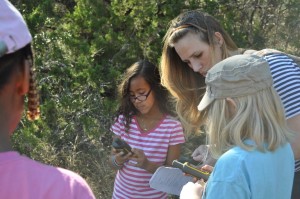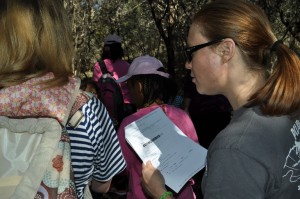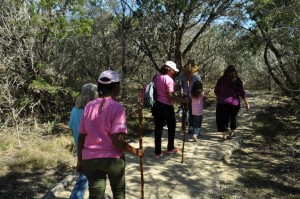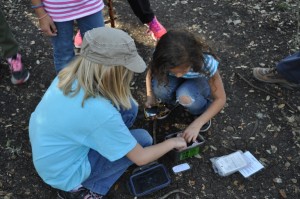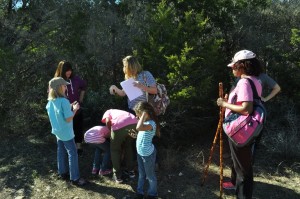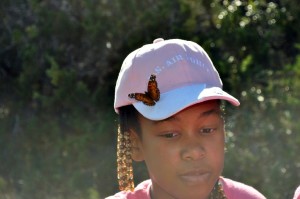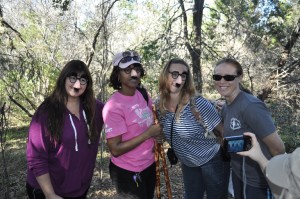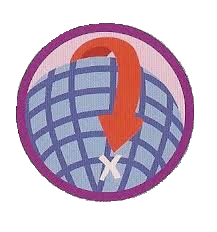Geocaching can teach young people how to navigate out of the woods, how to work together to solve a team challenge, and how to be better stewards of our environment. Since 1910 and 1912, (respectively) the Boy and Girl Scouts have endeavored to make well-rounded citizens out of our most valuable resource, our children, so it’s no wonder that they chose to create a Scouts Geocaching Badge.
In true Scouting style, the requirements for the badges are well planned. They emphasize safety as the key point by placing it first in the outline, then move to the technical, social, and ecological aspects of caching. The scouts have to complete several excercises before they are awarded the badge. Going out and finding caches is just one of them. Here are some of the things the badge requirements teach new Geocachers:
- Safety
- First aid
- Pre-planning
- How to hide and find a Geocache
- Geocaching etiquette
- CITO (Cache In Trash Out)
- The Global Positioning System (GPS)
- GPS receiver operation
- Compass and Map reading skills
How can the caching community help?
- Get involved – Be receptive to the troop leader and volunteer your expertise
- Be a resource from which troop leadership can pull experience
- Accompany the troop on their caching activities and provide guidance when needed
- Promote a positive, all things are possible attitude at all times
- Show that CITO is an act that is not beneath them, but a honor to serve the community
- Recruit other Geocachers to share their skills with the Scouts
Tips for when you act as the tour guide with the troop to find caches
- Coordinate with the troop leader to seek caches with SWAG
- Pre-find all the caches for the first outing and make sure they are stocked with SWAG
- Know when to step in and when to observe
- Let the Scouts have hands-on with all the caches
- Have the Scouts and/or troop leader navigate from cache to cache
- Come prepared with SWAG in case a Scout needs something for the first trade
- Familiarize yourself with the requirements of the badge
- Assist with GPS operation and waypoint creation
- Remind the cachers to sign the log – With all the excitement of the SWAG, this can get overlooked!
- Answer all questions to the best of your ability. If you don’t know the answer, don’t make something up but tell them you will research the answer and get back to them.
- Obtain permission from parents/troop leader for pictures you may post online, print, etc.
- Help the troop leader keep track of the Scouts so there will be “No child left behind”
- Restrain Thyself – Geocachers are excited to share their “war stories” (and that’s OK), but limit it to the ones pertinent and helpful to what the youngsters are learning
Geocaching can instill COURAGE by teaching Scouts how to get themselves back on the trail when lost. Geocaching can encourage CONFIDENCE by letting the Scout feel a sense of brilliant accomplishment by solving that difficult puzzle or finding that well-hidden container. Geocaching can help develop CHARACTER by providing our Scouts with a sense of ownership of their environment.
Geocaching with Scouts references:

